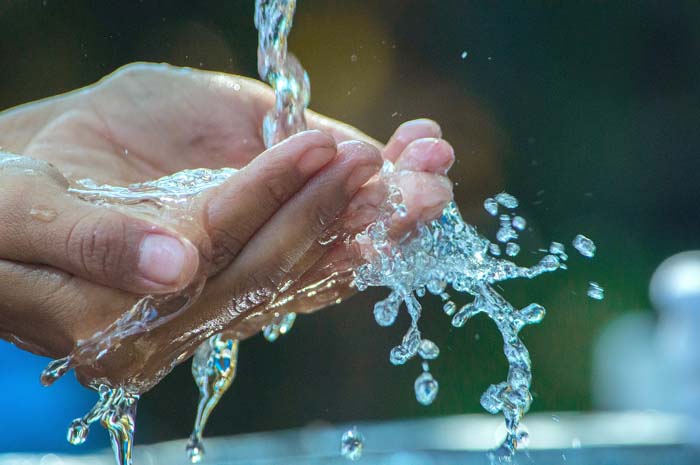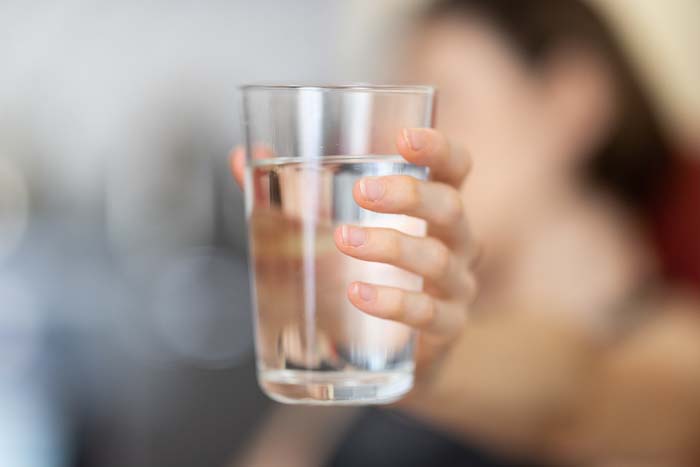
A variety of methods exist to help purify water for human consumption. Some methods are simple and quick, while others need more effort and time. Regardless of your preference, you can always find an approach that meets your needs. In the end, your needs, available resources, and budget will determine the optimal approach.
Here are a few methods to purify water without a filter
- Boiling
While boiling water is a cheap filter, it leaves many pollutants behind. It will remove some chemical compounds, herbicides, pesticides, and chemicals from the water, sediment, and other contaminants. Additionally, boiling water helps lower chlorine levels, which is important. This is because those with asthma or other respiratory disorders are at risk when consuming chlorine-containing drinking water. Any remaining minerals in your water will also evaporate during the boiling process.
- Chlorination
Liquid home chlorine is a simple way to disinfect water before drinking it. In order to have the desired effect, it is critical to use the correct proportion of water to chlorine. You should never treat water with more chlorine than what is recommended. An unpleasant aftertaste and odor are the sole negative aspects of this process. Chlorinating water and being around it for long periods of time can be harmful to your health.
- Distillation
This method involves boiling water and collecting the vapor. A condenser helps collect the water you can drink from this vapor. The most significant disadvantage is how time-consuming the purifying process is, even though it appears to be a valid approach. Although it is an expensive venture, it treats germs and bacteria.
- Ozone
You can cleanse your water in minutes using this cheap method. You’ll need a can of stainless steel or aluminum, water, and sunshine to do this. The chemical process occurs when water and the sun’s UV rays come into contact and produce ozone. This then turns into ozone gas. If there are any viruses or bacteria in the water, such as salmonella, hepatitis, or E. coli, this gas will kill them. Picture it as a portable water filter you can take anywhere.
Natural ways to purify water?
Clean water is essential, but unfortunately, many people have to deal with contaminated water with sediment, chemicals, and even bacteria. Anything from a bad flavor to health issues down the road results from these pollutants. These contaminants can be eliminated, and you can avoid future issues by purifying your water.
However, there are purifying procedures that put more chemicals into the mix. This can have negative effects on the environment. Purchasing water in plastic bottles is more damaging than using public tap water. Use these at-home, natural water purification methods to safeguard your health and the environment, whether you’re worried about the water’s safety or want it to be as clean as possible.
- Boiling
If your city has ever issued a water safety advisory, you have likely already boiled your water. One surefire way to purify water is to boil it. This process removes nearly all contaminants except dirt.
Although it is a popular, easy, and natural method, there are more efficient methods. Accumulating boiling water requires a great deal of energy, and a portion of that water will evaporate during the process. However, when other options are unavailable, boiling water is a good option to consider.
- Banana peels
Put the banana peels to good use by reusing them as a water filter. Scientists have recently discovered that banana peels are an effective way to purify water by eliminating bacteria and contaminants. The chemicals in banana peels cling to harmful particles, drawing them out of the water. That way, it’s fit for human consumption without harm. The only preparation required for their filter use is chopping and mashing them.
- Plants
Above and below ground, plants act as natural water filters. You can replicate the natural water purification techniques hikers and other outdoor enthusiasts use in your home. You can purify water using a wide variety of plants.
When it comes to water purification, cilantro is among the most common household commodities. To use it as a water filter, crush it. To a lesser extent than charcoal filters, this herb may be able to extract heavy metals. Additional ingredients include pine tree branches, cactus core, and lemon peels.
- Winnowing sieve
Windborne contaminants in water, such as charcoal particles, dry leaves, hay straws, and similar substances, are easy to treat in this way. In order to get water that is free of thick particles, it is filtered by passing it through a winnowing sieve. However, this water filter method doesn’t protect the water from bacteria or other dissolved debris, such as mud or dirt.
- Charcoal purification
One of the best methods you can use to purify water is using charcoal. If there is charcoal in the water, it will soak up any heavy metals and toxic chemicals. In addition to removing contaminants, charcoal can draw out radioactive isotopes from water. Fill an empty coffee machine or paper filter with activated charcoal to make a charcoal filter.
- Ceramic
If you’re familiar with houseplants and ceramic pots, you know that water can easily drain through them. All it takes to do it at home is to run water through the ceramic material’s pores. The purified water that flows out the other end will not contain any bacteria or other microbes. But this approach is less effective when it comes to organic contaminants like pesticides. However, this approach ought to be enough if microbes constitute your primary worry.
- Cloth
A simple piece of cotton fabric is all that you require for this water filter method. You can think of this piece of cloth as a filter. This sort of filtering is better if the water has bugs, gritty mud particles, plant debris, etc. The traditional remedy for foul-smelling and murky water is to dissolve some Sal tree wood ash and then strain it through a cloth.
 Solar
Solar
While this process does take some time, it is an inexpensive and eco-friendly option for water purification. The sun’s rays can easily evaporate polluted water. By removing impurities, the vapor will be pure.
A solar water purifier can be easily constructed using a thin PVC pipe, two water bottles, and the sun. Separate the unclean water by placing it in one container and allowing it to evaporate into the other.
What do water filters not remove?
A water filter won’t get rid of germs. A distiller or reverse osmosis system would be necessary to eliminate bacteria and chemicals. In most cases, disinfecting with chlorine is necessary in addition to using a UV water filter system or a domestic water filter. This ensures that the water is safe against amoeba.
Conclusion
There is more to purifying water for human consumption than meets the eye. Everything, from bathing to cooking to flushing your toilet, needs it. You could have assumed that there have been several attempts to purify water throughout the years. A number of water features are exploited in these processes. For example, water dissolves other chemicals, reacts with oxygen, and can be cooled, heated, filtered, or boiled.
You can purify your water supply in numerous ways. Many options exist to help filter water; however, some could be costly. Using natural cleansing methods is inexpensive to get water that is fit for human consumption. The procedures above will help clean and purify water for drinking at a low cost.
